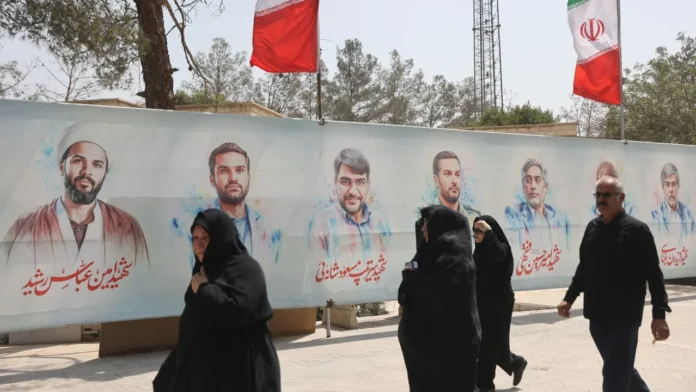What happened
Iran has moved many of its surviving nuclear scientists out of their homes and away from university posts after a wave of deadly strikes hit the country in June, officials say. The move came after attacks that killed dozens of researchers. A senior Iranian official told reporters that many of the scientists now live in safe houses in Tehran or in villas on the northern coast with family members.
How the strikes affected Iran’s program

The June attacks hit major nuclear sites at Natanz, Fordow, and Isfahan. Outside analysts say the damage set back parts of Iran’s work by months to a few years, but they also say the program still has materials that matter. International monitors and think tanks estimate Iran holds about 400 kilograms of uranium enriched to roughly 60 percent, a stockpile that could shorten the time needed to make a weapon if it were further refined.
Security steps and arrests
Iran moved to tighten security for its nuclear staff. Officials said more than one security unit now protects key people, and some scientists were given new guards after they said they could not trust their old teams. The government also said it has arrested people accused of helping foreign services.
One high profile case ended with an execution this week after authorities said the man passed intel to an outside agency that led to the killing of a scientist. State and international outlets reported the execution and the charges.
The human cost and talent gap

The killings took a heavy toll on Iran’s technical teams. Long time researchers in fields like nuclear physics and medical isotopes were among those lost, and experts say that kind of knowledge does not return fast. Some workers who once taught at universities now no longer do so, and officials say people with no links to the old program replaced them in public roles. That leaves Iran with fewer people who have the deep hands on skills needed to push complex projects quickly.
What this could mean next
The loss of experienced staff, the tighter security and the public executions all push Iran to act differently at home and abroad. Inside the country, some voices call for an end to certain international pacts and for faster work on weapons. Outside, rivals and allies will watch how Iran stores and moves its stockpiles and how it protects any remaining facilities. For now, many questions remain about where key materials sit and how fast teams can rebuild lost skills.
My analysis
This episode shows how hard it is to use strikes to erase complex work. The attacks cut people and damage buildings, and that slows projects for a while. At the same time, nuclear work depends on materials and tools as much as on people. Iran still has enriched uranium in unknown places and can hide and move stockpiles.
That keeps the risk alive. The public arrest and execution send a strong message inside Iran, but they also risk pushing experts to go silent, leave the field, or move abroad, which could make the long term technical gap even worse. For outside powers, the choice is hard. Pressing the lead will limit Iran for a time, but it may also cause secret moves that are harder to track. For Iran, the path forward will be slow and costly if it wants to restore lost know how.
Sources: thetelegraph.co.uk

